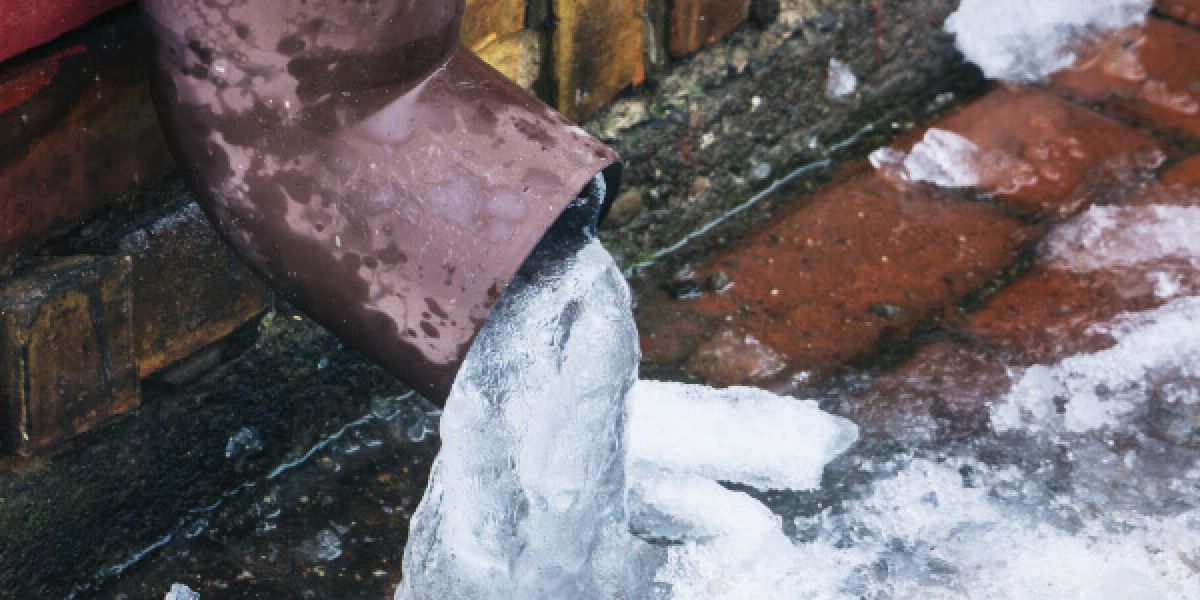Preventing Frozen Pipes in Winter: Professional Tips
Preventing Frozen Pipes in Winter: Professional Tips
Blog Article
They are making a few great points on How To Avoid Freezing Pipes in general in this article underneath.

Winter can wreak havoc on your pipes, particularly by freezing pipelines. Here's exactly how to avoid it from taking place and what to do if it does.
Introduction
As temperature levels decrease, the threat of frozen pipelines rises, potentially leading to pricey repair services and water damage. Recognizing just how to prevent frozen pipelines is important for home owners in cool climates.
Avoidance Tips
Insulating prone pipes
Wrap pipes in insulation sleeves or make use of heat tape to safeguard them from freezing temperature levels. Focus on pipelines in unheated or exterior locations of the home.
Home heating methods
Keep interior spaces adequately warmed, particularly locations with pipes. Open closet doors to enable cozy air to flow around pipelines under sinks.
Exactly how to determine frozen pipes
Seek reduced water circulation from faucets, uncommon smells or noises from pipes, and visible frost on revealed pipelines.
Long-Term Solutions
Architectural changes
Think about rerouting pipes far from outside walls or unheated locations. Add added insulation to attics, basements, and crawl spaces.
Updating insulation
Invest in high-quality insulation for pipes, attics, and wall surfaces. Correct insulation assists preserve regular temperature levels and reduces the risk of frozen pipelines.
Shielding Outside Plumbing
Garden hose pipes and outdoor taps
Separate and drain pipes garden tubes before winter. Install frost-proof faucets or cover exterior faucets with insulated caps.
Recognizing Frozen Pipes
What creates pipes to ice up?
Pipes freeze when subjected to temperature levels below 32 ° F (0 ° C) for prolonged periods. As water inside the pipes ices up, it broadens, taxing the pipeline walls and potentially triggering them to break.
Threats and damages
Frozen pipes can cause water supply disruptions, property damage, and costly repair services. Ruptured pipelines can flood homes and trigger extensive architectural damages.
Signs of Frozen Pipes
Recognizing icy pipes early can prevent them from rupturing.
What to Do If Your Pipelines Freeze
Immediate activities to take
If you believe frozen pipes, maintain faucets open up to ease stress as the ice melts. Make use of a hairdryer or towels soaked in warm water to thaw pipes slowly.
Final thought
Protecting against frozen pipes needs positive actions and fast feedbacks. By comprehending the reasons, signs, and preventive measures, property owners can shield their plumbing throughout winter.
5 Ways to Prevent Frozen Pipes
Drain Outdoor Faucets and Disconnect Hoses
First, close the shut-off valve that controls the flow of water in the pipe to your outdoor faucet. Then, head outside to disconnect and drain your hose and open the outdoor faucet to allow the water to completely drain out of the line. Turn off the faucet when done. Finally, head back to the shut-off valve and drain the remaining water inside the pipe into a bucket or container. Additionally, if you have a home irrigation system, you should consider hiring an expert to clear the system of water each year.
Insulate Pipes
One of the best and most cost-effective methods for preventing frozen water pipes is to wrap your pipes with insulation. This is especially important for areas in your home that aren’t exposed to heat, such as an attic. We suggest using foam sleeves, which can typically be found at your local hardware store.
Keep Heat Running at 65
Your pipes are located inside your walls, and the temperature there is much colder than the rest of the house. To prevent your pipes from freezing, The Insurance Information Institute suggests that you keep your home heated to at least 65 degrees, even when traveling. You may want to invest in smart devices that can keep an eye on the temperature in your home while you’re away.
Leave Water Dripping
Moving water — even a small trickle — can prevent ice from forming inside your pipes. When freezing temps are imminent, start a drip of water from all faucets that serve exposed pipes. Leaving a few faucets running will also help relieve pressure inside the pipes and help prevent a rupture if the water inside freezes.
Open Cupboard Doors
Warm your kitchen and bathroom pipes by opening cupboards and vanities. You should also leave your interior doors ajar to help warm air circulate evenly throughout your home.

We had been shown that editorial on How to Prevent Your Pipes From Freezing through an acquaintance on a different web page. Remember to set aside a second to distribute this post if you enjoyed reading it. I truly appreciate your readership.
Book Service Now Report this page